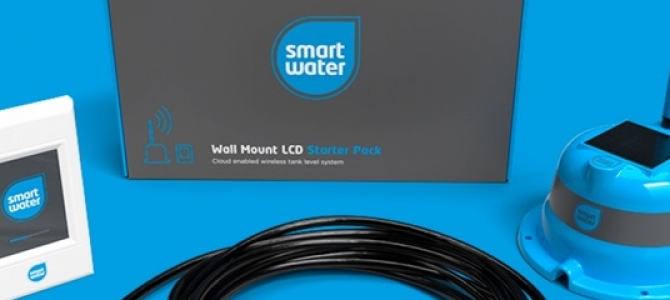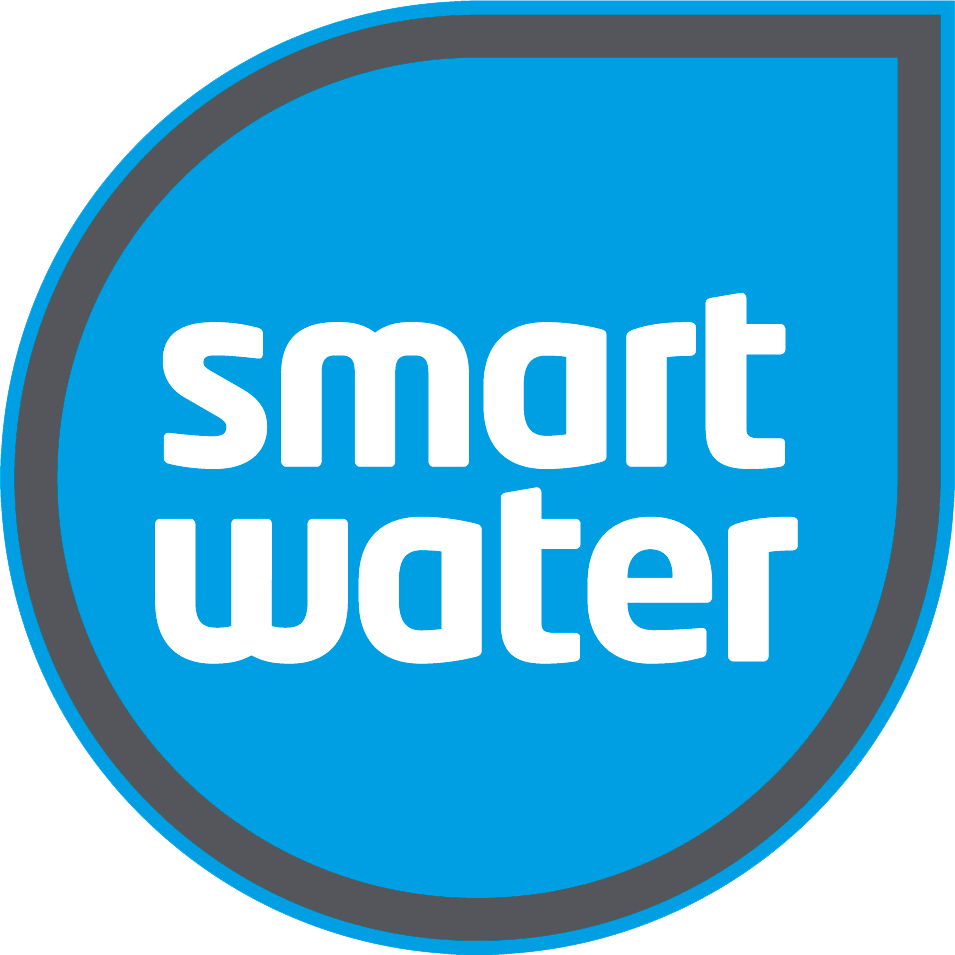 Shopping Cart
Shopping Cart
11 September 2025
How to Streamline Your Water Management with Smart Water Tank Level Indicators

Water is life, and managing this invaluable resource efficiently is a growing concern across various sectors, from agriculture to facilities management and beyond. In the quest to improve our stewardship of water, emerging smart technologies are playing a pivotal role. Smart water tank level indicators are at the forefront of this technological wave, offering users unprecedented control over their water reserves. In this comprehensive guide, we'll explore how smart tank level indicators can transform your approach to water management and enable you to make a splash in sustainability.
Smart water tank level indicators are garnering widespread attention for their ability to monitor and manage water resources in real time. These devices not only contribute to resource conservation but also empower users with data-driven insights that were previously impossible to access. Whether you're overseeing a large agricultural operation, managing a commercial facility, or simply aiming to reduce your home's environmental footprint, understanding and implementing these tools is a significant step towards achieving your water management goals.
Introduction
Water management has become a critical concern worldwide, with only 0.5% of Earth’s water available for human use and demand projected to rise 20–30% by 2050. Climate change, population growth, and increasing agricultural and industrial activity intensify pressure on already stressed water resources. In 2025, technological innovation, especially smart solutions, are at the heart of ensuring sustainability and resilience in water use. Smart water tank level indicators are one way to answer that call, providing visibility and control over water utilisation that's as precise as it is essential.
These devices come in a variety of configurations, from simple sensors that send alerts when water levels are low to sophisticated systems that can forecast water usage patterns and integrate with water delivery systems for autonomous management. No matter the scale of application, the principles remain the same—understand the technology, implement it effectively, and reap the rewards of smarter water usage.
What Is Water Management and Why It Matters
Water management encompasses the planning, development, distribution, and optimal use of water resources to meet current and future human, economic, and environmental needs. Its subcategories include water conservation, water resource management, and rainwater management. Efficient management not only reduces costs but supports food security, ecosystem health, and urban resiliency.
- 72% of global freshwater withdrawals are for agriculture; industries use 16%, and municipalities 12%.
- In New Zealand, gross per-capita usage is 241 L/day, with efforts ongoing to reduce this in line with sustainable targets.
Understanding Smart Water Tank Level Indicators
Smart water tank level indicators are electronic devices that provide real-time data on the water level in a tank. They operate on different principles, such as ultrasonic, pressure, or float-based sensors, and are often equipped with wireless communication capabilities, allowing remote monitoring from a smartphone or computer.
For the agriculture industry, where efficient water usage is a key to profitability, smart indicators help to ensure crops are appropriately watered without waste. Facility managers can use this technology to prevent water shortages or overflows, especially in large buildings where traditional visual checks are labour-intensive. And even for homeowners, the peace of mind that comes with continuous monitoring can be invaluable.
Benefits for the Agriculture Industry
In agriculture, precision is everything. By tracking tank water levels in real-time, farmers can optimise their irrigation timings, reduce water usage, and ensure their crops receive just the right amount of moisture. This not only saves water but also lowers operational costs and minimises the environmental impact.
Facility Managers' Friend
Facility managers juggle numerous responsibilities, of which water management is a significant one. Smart tank level indicators provide them with an edge, offering the ability to detect leaks, manage water resupply without manual checks, and even integrate data into broader facility management systems for a more comprehensive approach.
The Homeowner's Helper
The benefits of smart water tank level indicators aren't reserved for large-scale operations. Homeowners can also take advantage of the technology to maintain their personal water supply more effectively. From managing well-water levels to ensuring garden hydration, these devices provide valuable insights that help to make home water management a more efficient process.
Implementation Guide
Adopting smart water tank level indicators is a step-by-step process that requires careful planning and execution. From choosing the right device to integrating it into your existing infrastructure, each phase is critical to the success of your water management system.
Choosing the Right Indicator for Your Needs
The first step is to evaluate your water management requirements. Consider factors such as the volume of water you need to monitor, the location and physical constraints of your tanks, power source availability, and the required level of automation. This analysis will help you choose the most suitable indicator for your specific needs.
Installation and Integration
Proper installation is crucial for accurate readings. Sensors should be placed at the right height within the tank, and you need to ensure there's a clear line of sight for measurements. Once installed, integration with existing management systems or communication networks is essential for seamless operation.
Best Practices for Smart Water Management
To get the most out of your smart tank level indicator, it's important to develop best practices for water management. Regularly calibrating your device, analysing usage data to detect patterns, and adjusting settings as needed will help you maintain an efficient water system that's responsive to your evolving needs.
Case Studies
To illustrate the impact of smart water tank level indicators, we examine two case studies where these devices had a profound effect on water management practices.
Precision in Agriculture
A large-scale farm in the Midwest of the USA deployed smart tank level indicators across their irrigation network. With the ability to automate their watering schedules based on real-time tank readings, they reduced water consumption by 25% while increasing crop yields. This not only saved a significant portion of their water bill but also secured a more sustainable future for their operation.
Facility Management Made Smarter
A state-of-the-art commercial building in a major city in New Zealand implemented smart water tank level indicators as part of its overall sustainability plan. By integrating monitoring data with their building management system, they streamlined water usage and achieved LEED certification. The ability to prevent water-related damages and demonstrate eco-friendly practices further enhances the value of the investment.
Going Beyond Standard Solutions
While many companies offer water monitoring, advanced businesses address distinct user needs and future-proof their solutions:
- AI and Predictive Analytics: Leading platforms embed machine learning to anticipate consumption trends and preemptively manage supply issues.
- Digital Twins: Virtual replicas simulate network behaviour under different conditions, enabling scenario testing and contingency planning - a cutting-edge innovation rarely mentioned by competitors.
- Cybersecurity: Protecting water supply data and operational platforms is now a differentiator as smart infrastructure faces increased digital threats.
- On-site/Decentralised Water Reuse: Businesses are innovating with in-situ greywater treatment and reuse, reducing reliance on external sources.
- Holistic Integration: Providers offering seamless integration with sustainability certifications (e.g., LEED), rainwater harvesting systems, and long-term monitoring support stand out for delivering comprehensive solutions.
Conclusion
Smart water tank level indicators are revolutionising our ability to manage water efficiently. By providing real-time data, these devices empower users to make informed decisions that lead to significant water savings, cost reductions, and environmental benefits. The clear message is that in a world where water is an increasingly precious commodity, smart technology is a gateway to sustainable and strategic water management.
The road to sustainable water management is paved with smart choices. Whether you are an agricultural pioneer, a steward of a commercial property, or a homeowner with a passion for the environment, smart water tank level indicators offer a practical and effective solution to managing this vital resource. consider integrating smart water tank level indicators into your water management strategy and start reaping the benefits of a more sustainable approach to water usage today.
For those ready to make smarter water management a priority, the time to act is now. Smart water tank level indicators are not just a tool for efficiency, but a beacon of innovation in the vital task of water management. Take the plunge into the world of smart water technology, and ensure that your water management strategy is as cutting-edge as it is effective.
Talk to the team at Smart Water today to find out more about our range of water tank level indicators.
Frequently Asked Questions (FAQ)
How accurate are smart water tank level indicators?
Modern devices offer high accuracy, typically within ±1–2% for ultrasound or pressure sensors.
Can they integrate with rainwater harvesting/irrigation systems?
Yes, leading models seamlessly link to irrigation controllers, building management systems, and smart pumps for automation.
How do smart indicators help the environment?
By reducing overuse, leakage, and inefficiencies, they cut fresh water withdrawals, energy needs, and carbon footprint.
Are there government or certification incentives for smart system adoption?
Many countries offer sustainability grants or LEED green-building credits for advanced water management investments.
What’s the outlook for water scarcity in 2025 and beyond?
Without accelerated innovation, over two-thirds of humanity could face shortages within this decade—smart tech adoption is essential for global water security.
This post was first published on 12 April 2024 and last updated on 11 September 2025
